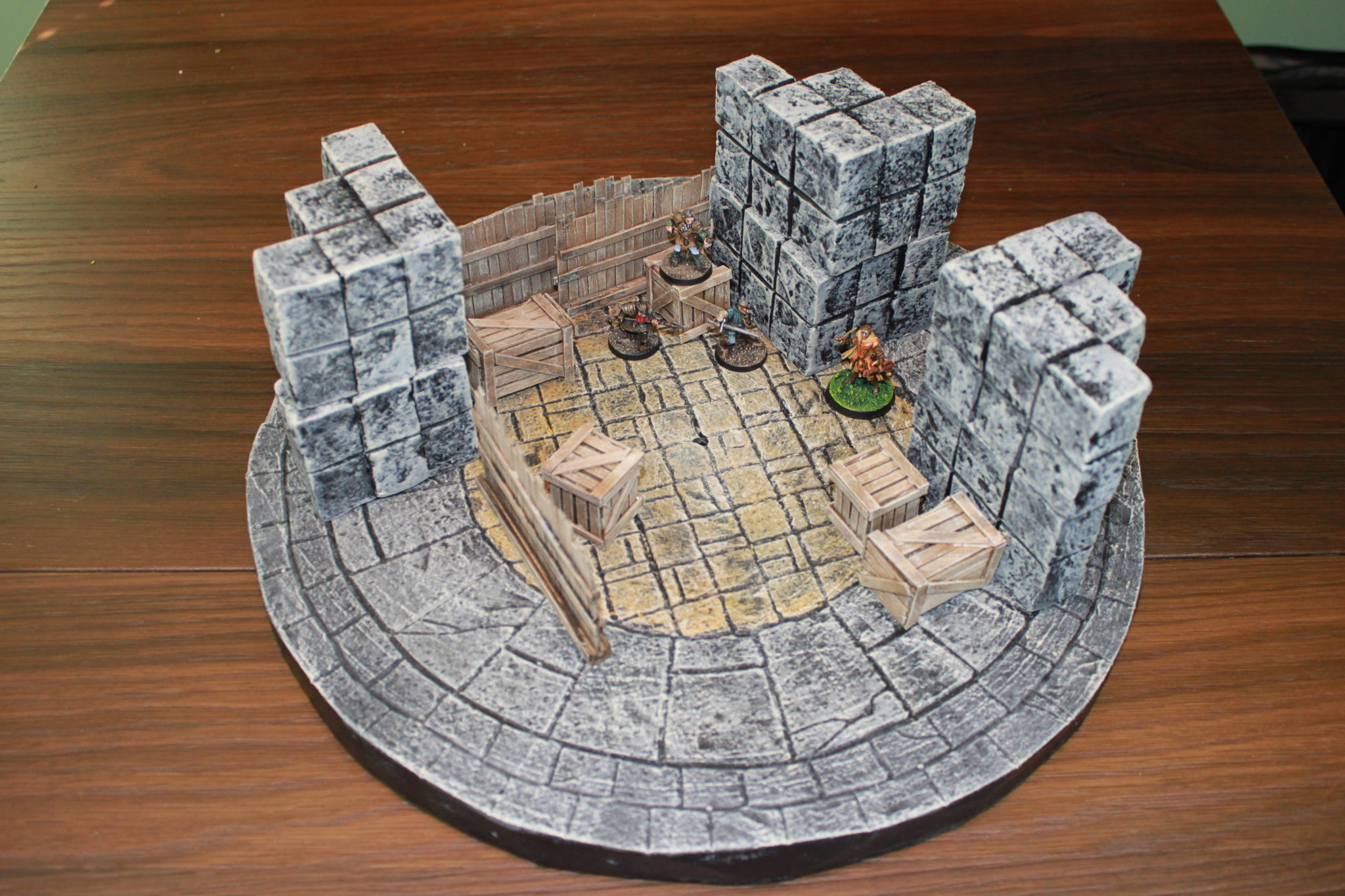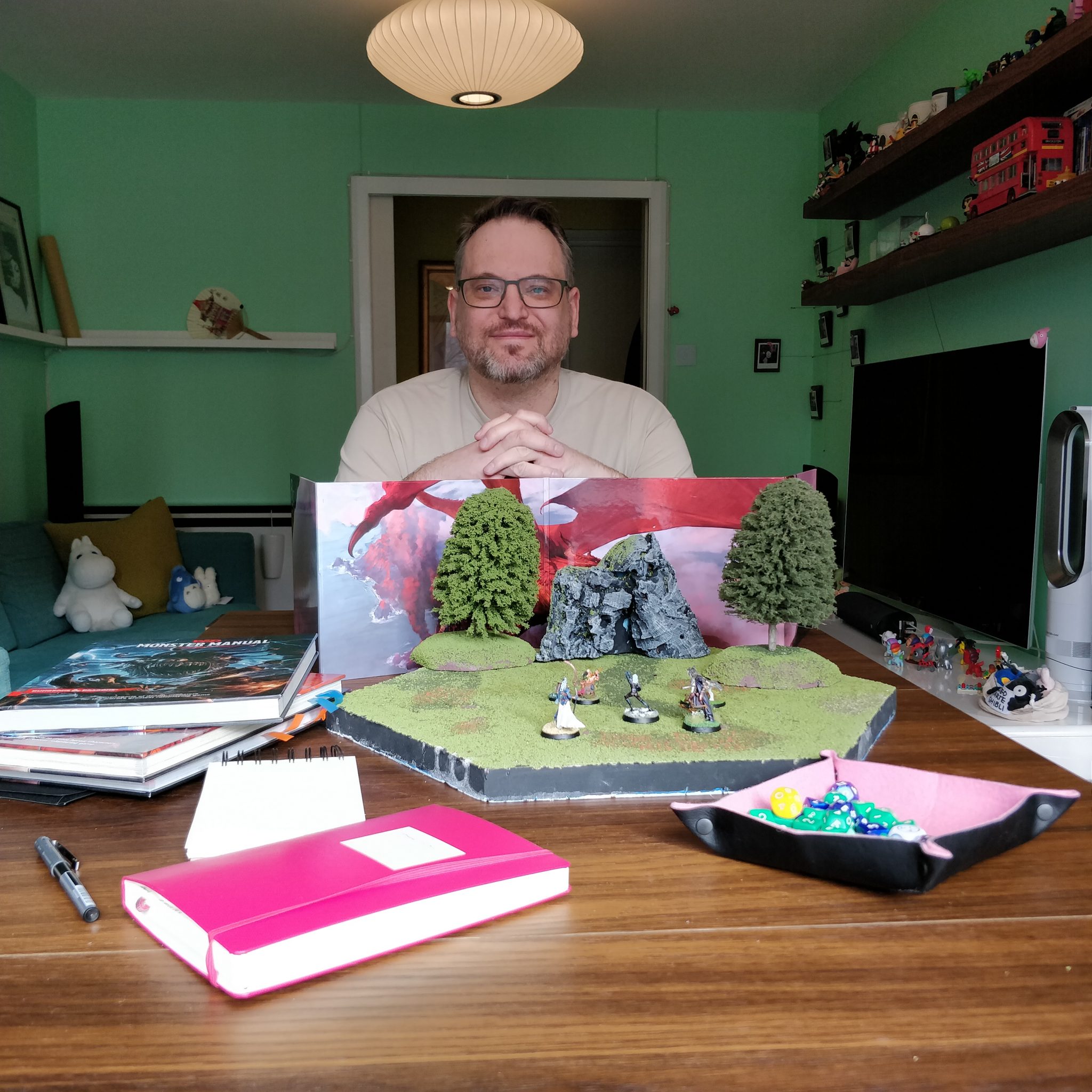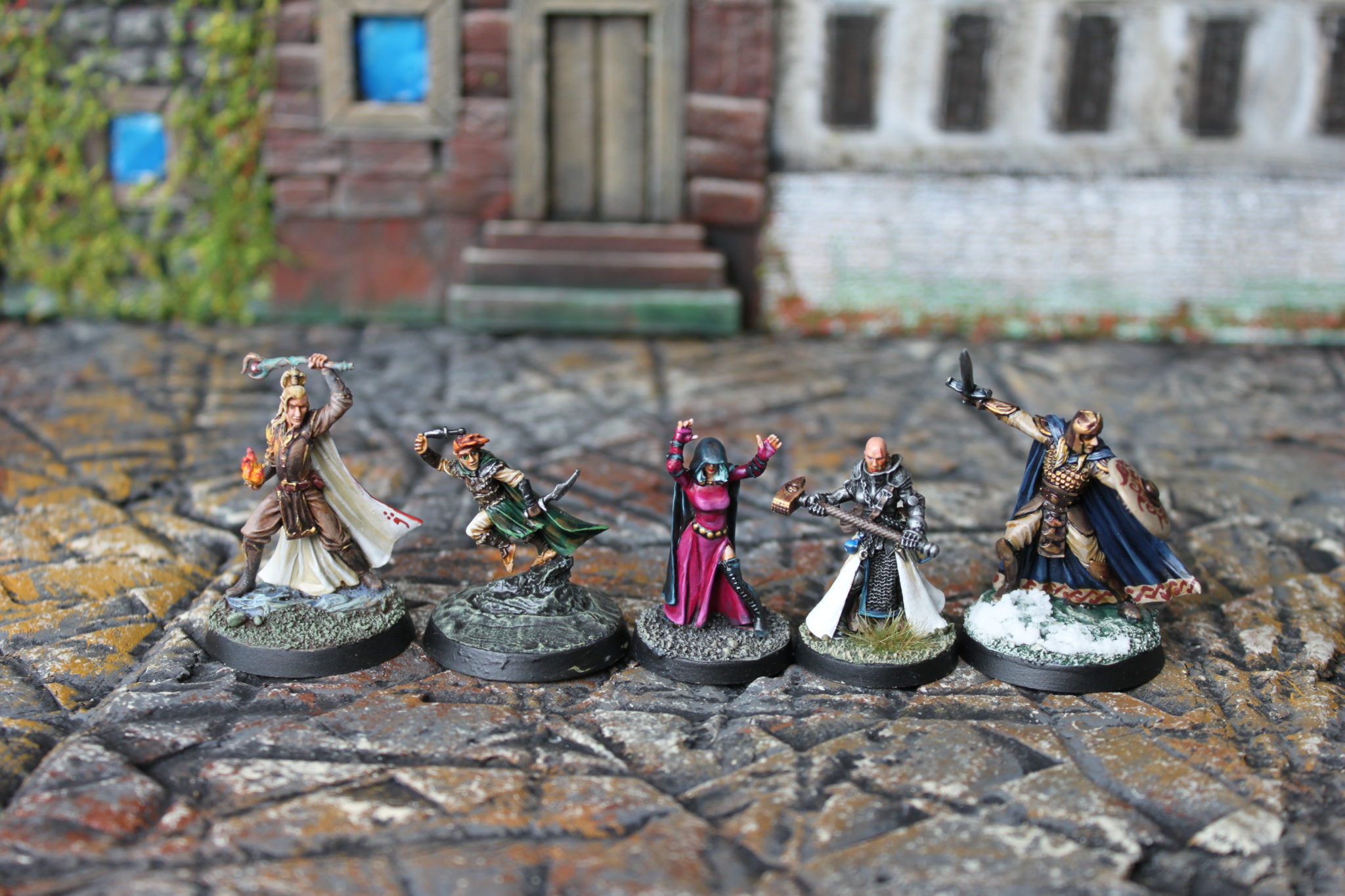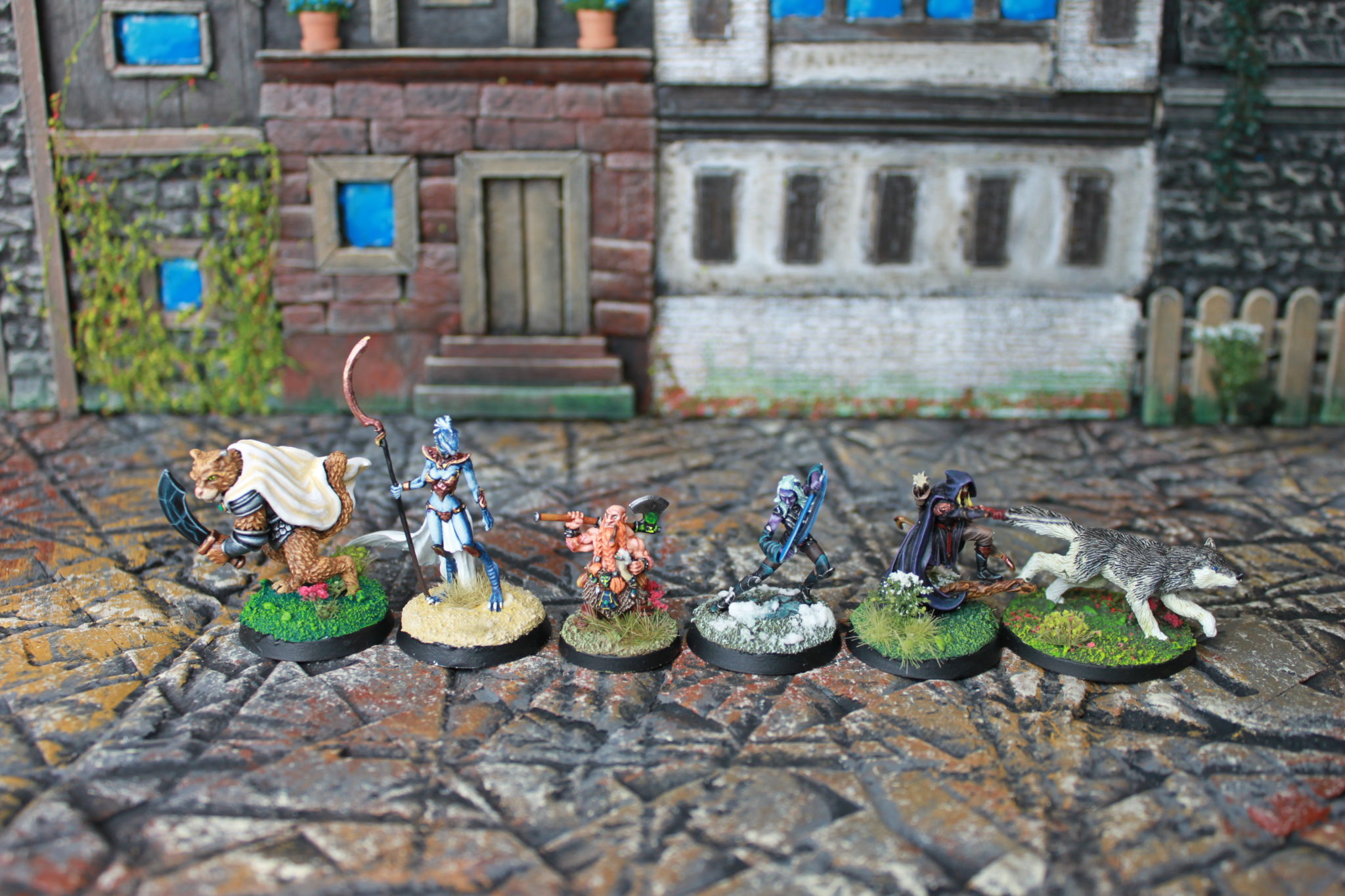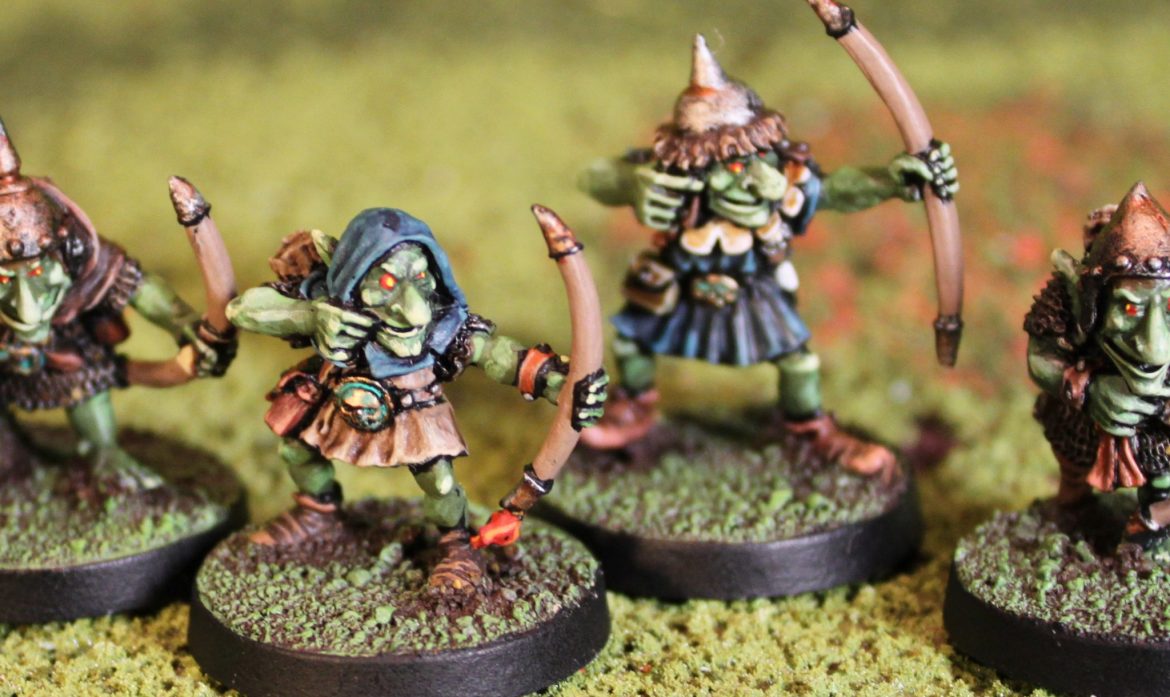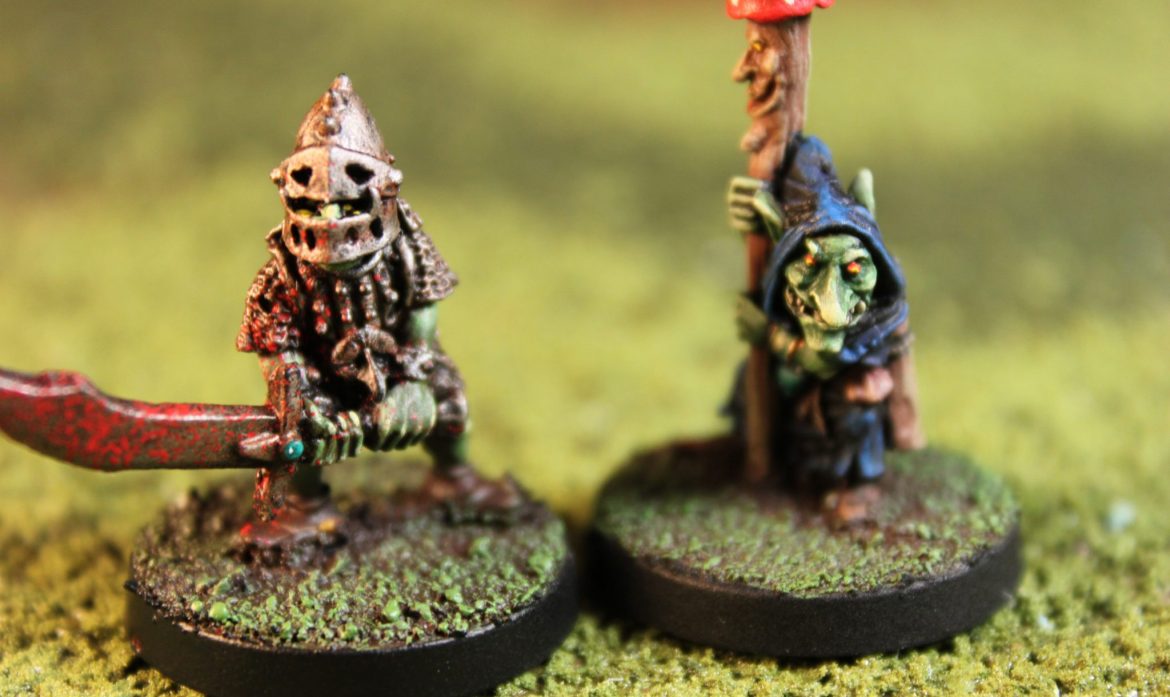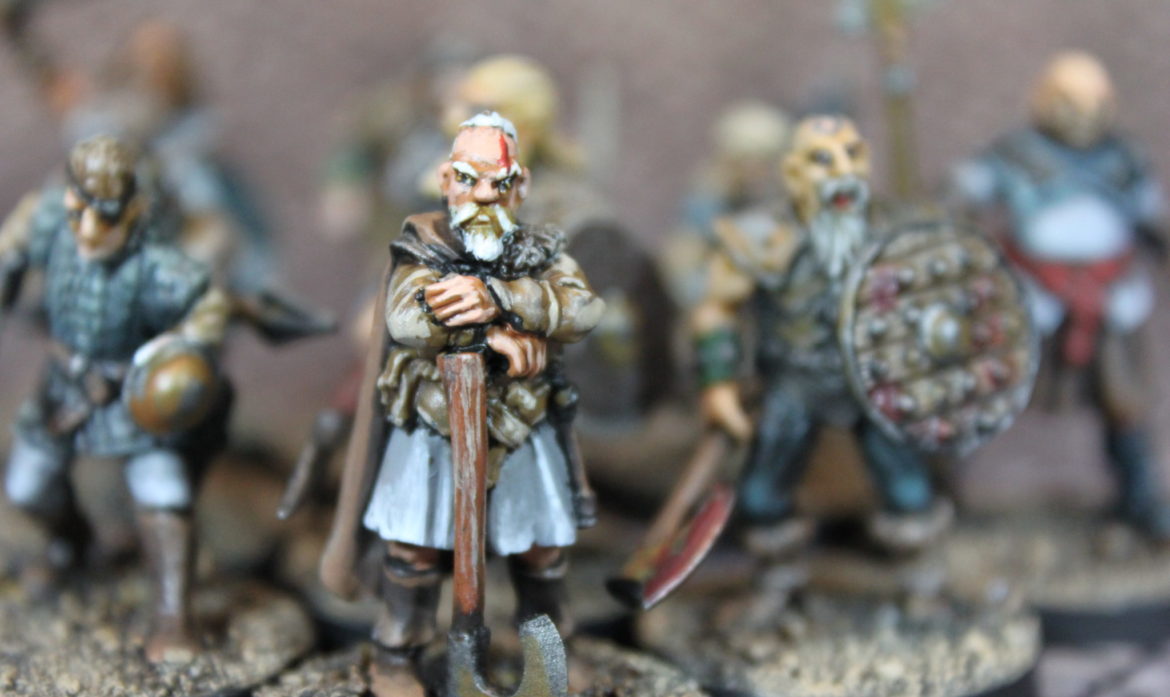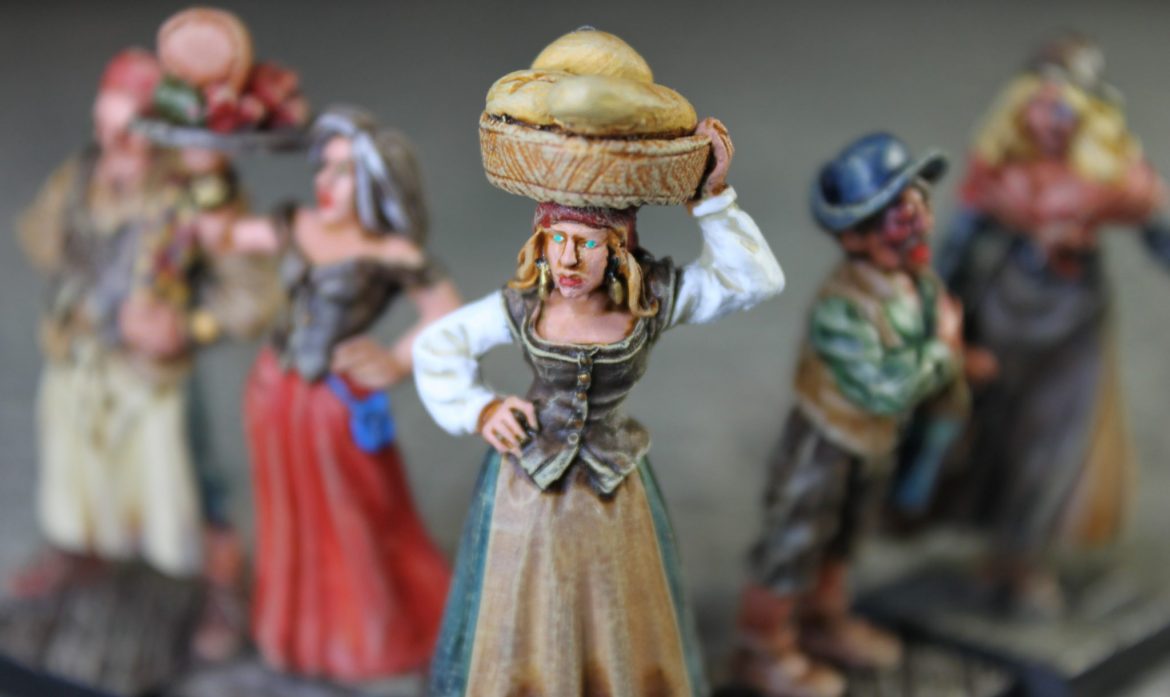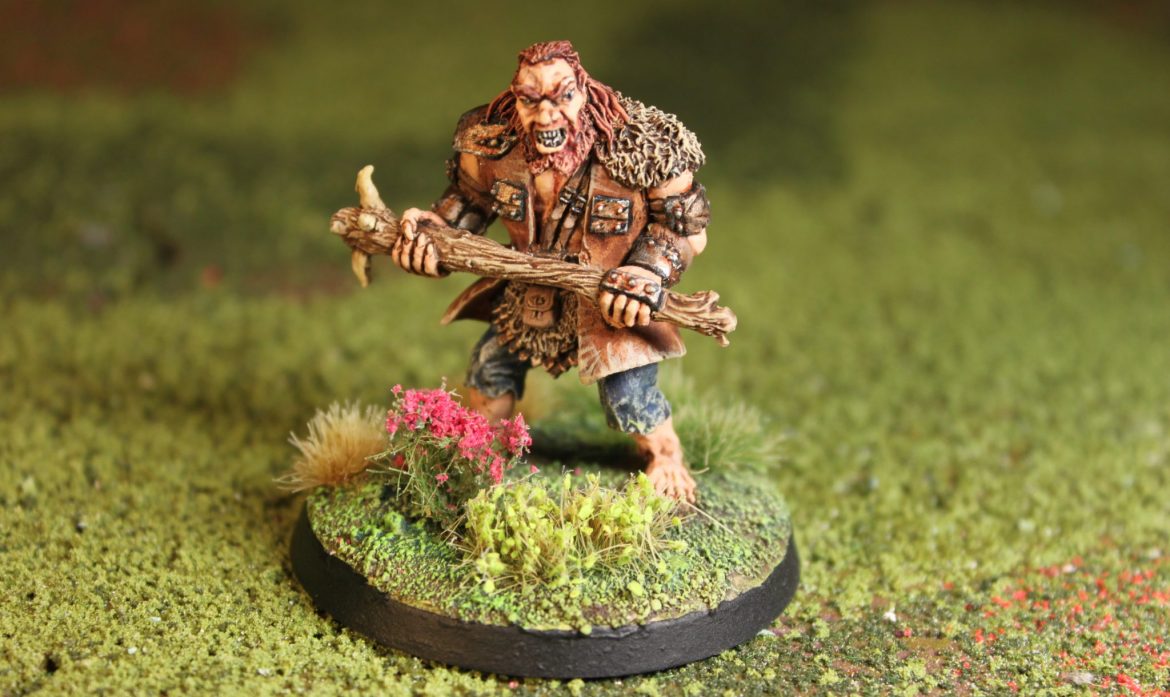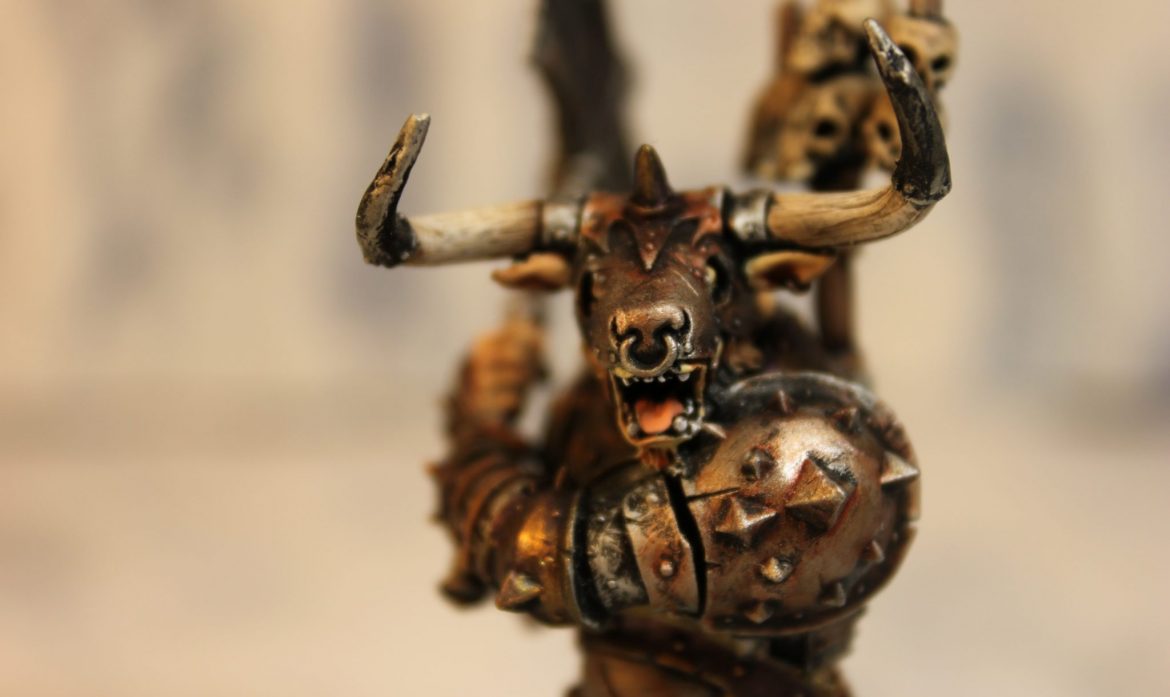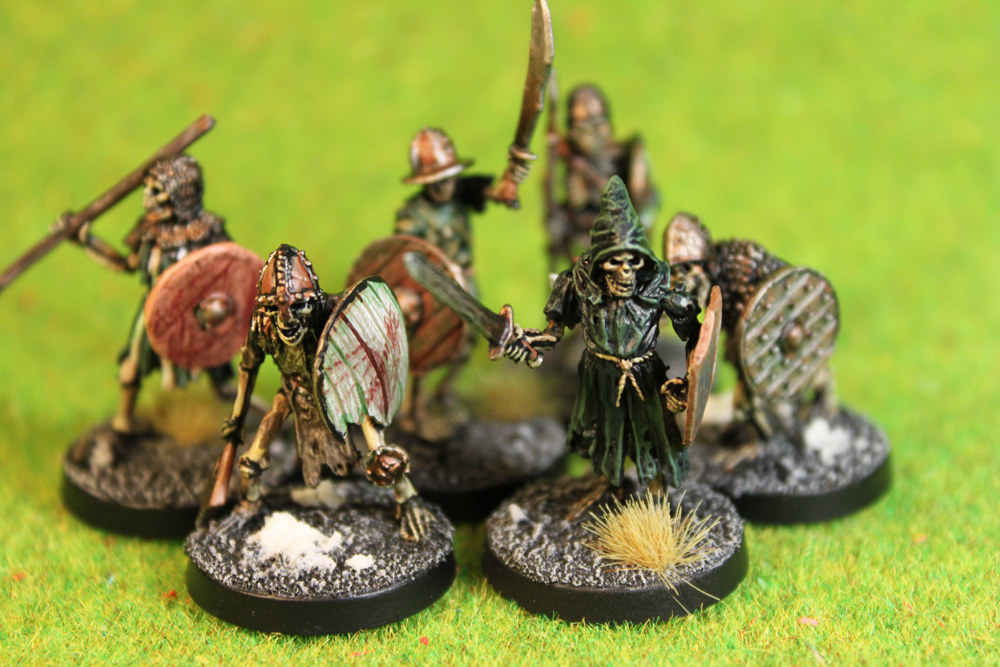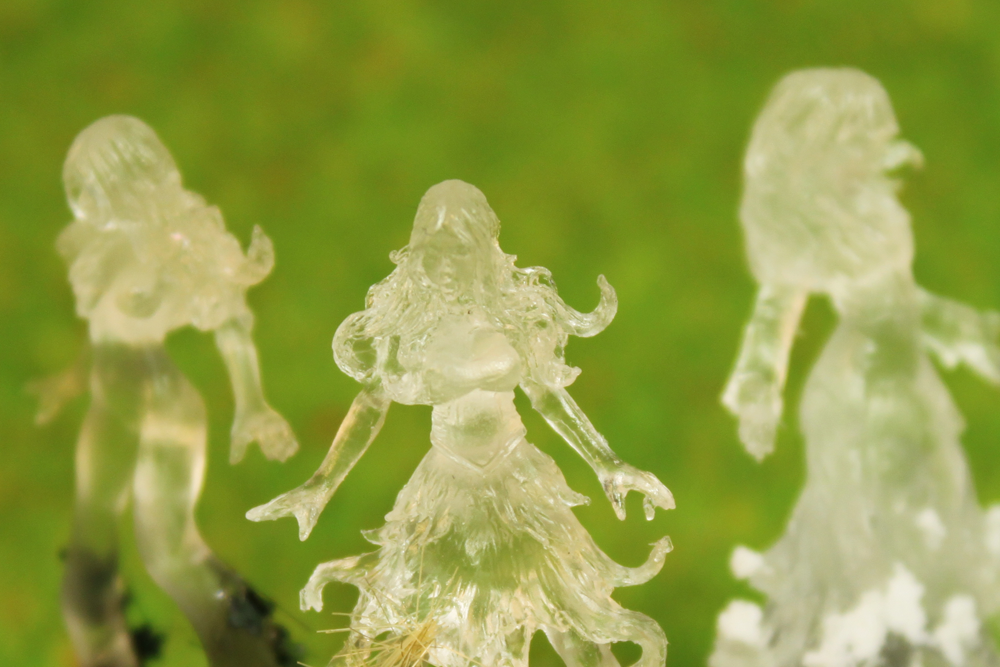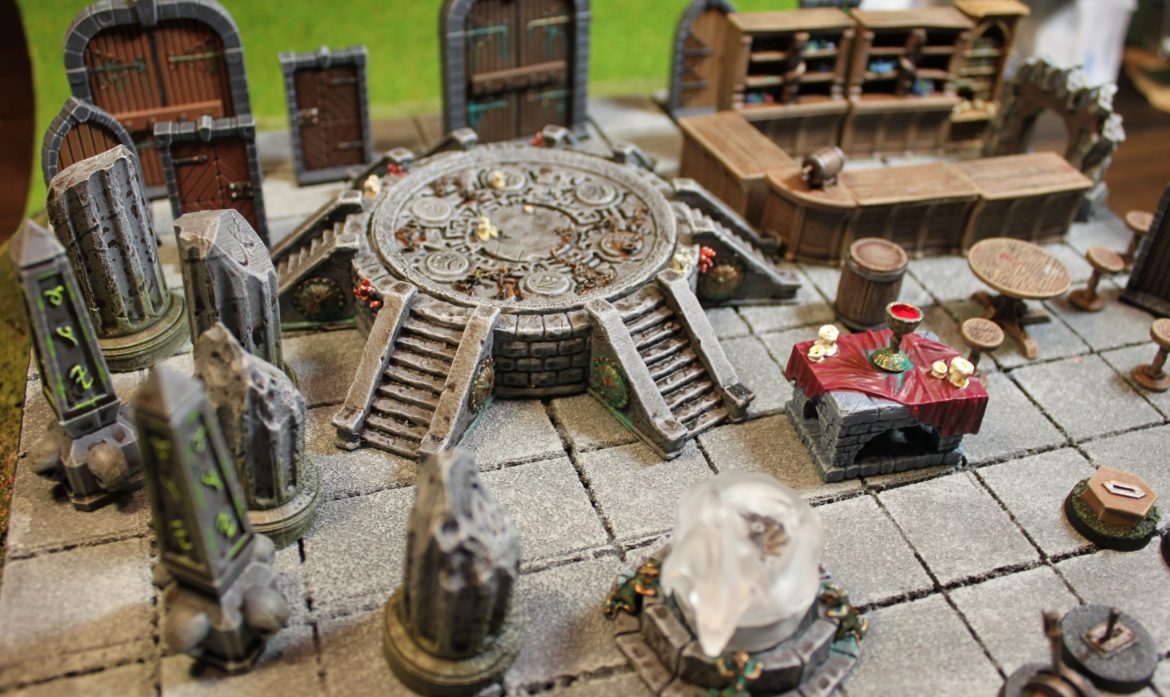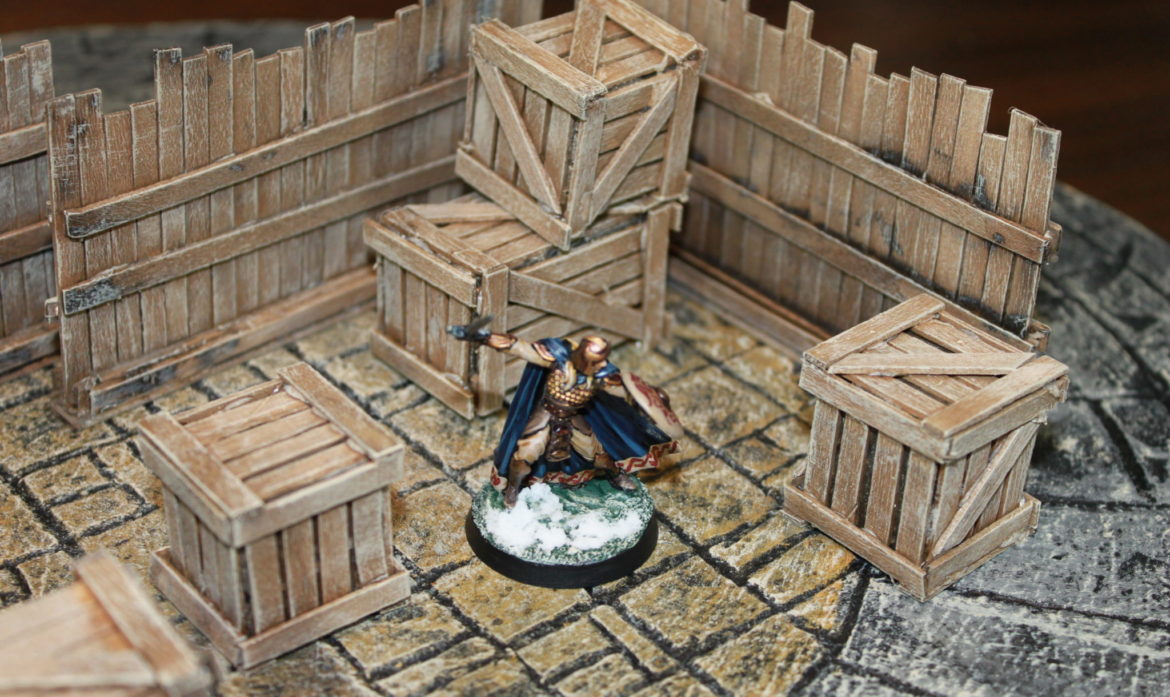I saw a Youtube video by Jim Murphy where he want through all his stored hobby stuff. At the same time I’ve been packing away my own hobby collection in preparation for moving back to Denmark after 21 years in London.
And the things got me thinking: If I had to start all over with Dungeons & Dragons, what minis would I paint and what scenery would I build.
Out of curiosity I asked Jim where her would start and his reply was:
Characters, a band of Orc/Goblins and Skeletons/Zombies. Then every adventure add something new. That’s how I did it.
— Jim Murphy (@Game_Methuselah) May 24, 2020
Similar to what I would start with, so I decided to write down my list what minis I would paint and what scenery I would get.
Ultimately, you can go two ways:
- Cherry pick the minis you want for perfect bespoke fit and quality miniatures
- Buy a fantasy box such as Wrath of Ashardalon, Descent or similar if you don’t mind the selection of minis driving the direction of your game.
I’m making this list from option 1.
Heroes
These minis will be the ones most on the table so don’t cut corners with these.
- If you know what classes your players will play, buy minis to fit.
- If not, choose what you feel fits your plans.
- or choose the standards arch personas from the original D&D lineup: Cleric, Fighter, Wizard, Thief.
Villains
1. Goblins (1 per hero + 1 leader type)
While Undead are probably the most versatile “race”, I do think Goblins (and Orcs) offer more encounter diversity as the heroes can interact with them other that just smashing them with a hammer.
Personally, I would go with Goblins as I feel they are more sneaky and more fun and you can use Goblin minis as Orcs if needed (or vice versa).
Finally, I would add a leader type (could be a goblin with more fancy armour or a wizard type… or both) for flexibility.
2. Humans (1 per hero)
I think humans as bad guys are overlooked.
Having some classic bandits is great for town encounters and random on-the-road encounters and as with the goblins, bandits has a wide range of encounter options and the minis can even be used as non- hostile NPCs (farmers, travellers, merchants etc).
3. A big guy
As an extra boost to both the Goblins and the Bandits, and to create a “holy crap” moment at the table, I do suggest getting a big guy. Either an Ogre (who can double as a half-ogre) or a Minotaur. I think a Troll is too much at lower level so I would keep it for a later date.
4. Undead (2 per hero + 1 ghostly type)
I am a big fan of throwing lots of undeads at my players as it fits the classic tropes of hordes of undead
I recommend skeletons as they are easy to paint.
However, I also recommend getting a ghostly type miniature to increase the tension if needed. A ghostly type can be used as a Ghost, a Shade, a Wight, a Wraith, a Banshee, a Spectre, a Shadow it is very versatile.
Scenery
1. Ultimate Dungeon Terrain board
The first thing I would start with is a board. This can either be a gridded mat, some dungeon tiles or, what I would recommend, an Ultimate Dungeon Terrain piece. They are easy to make and very handy.
Make one with a classic dungeon look. It works fine for both town, house and forest. You can always make more themed ones later.
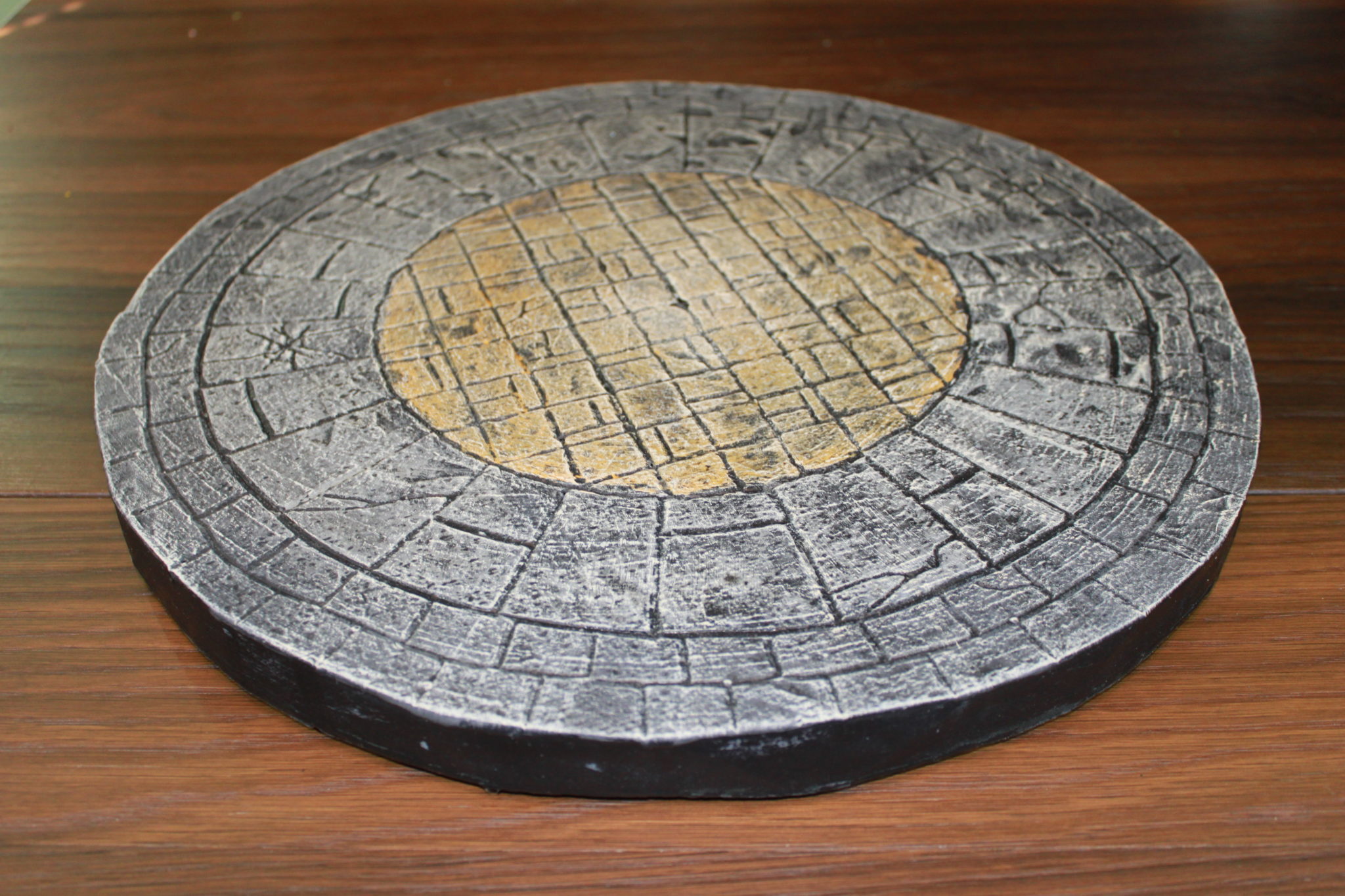
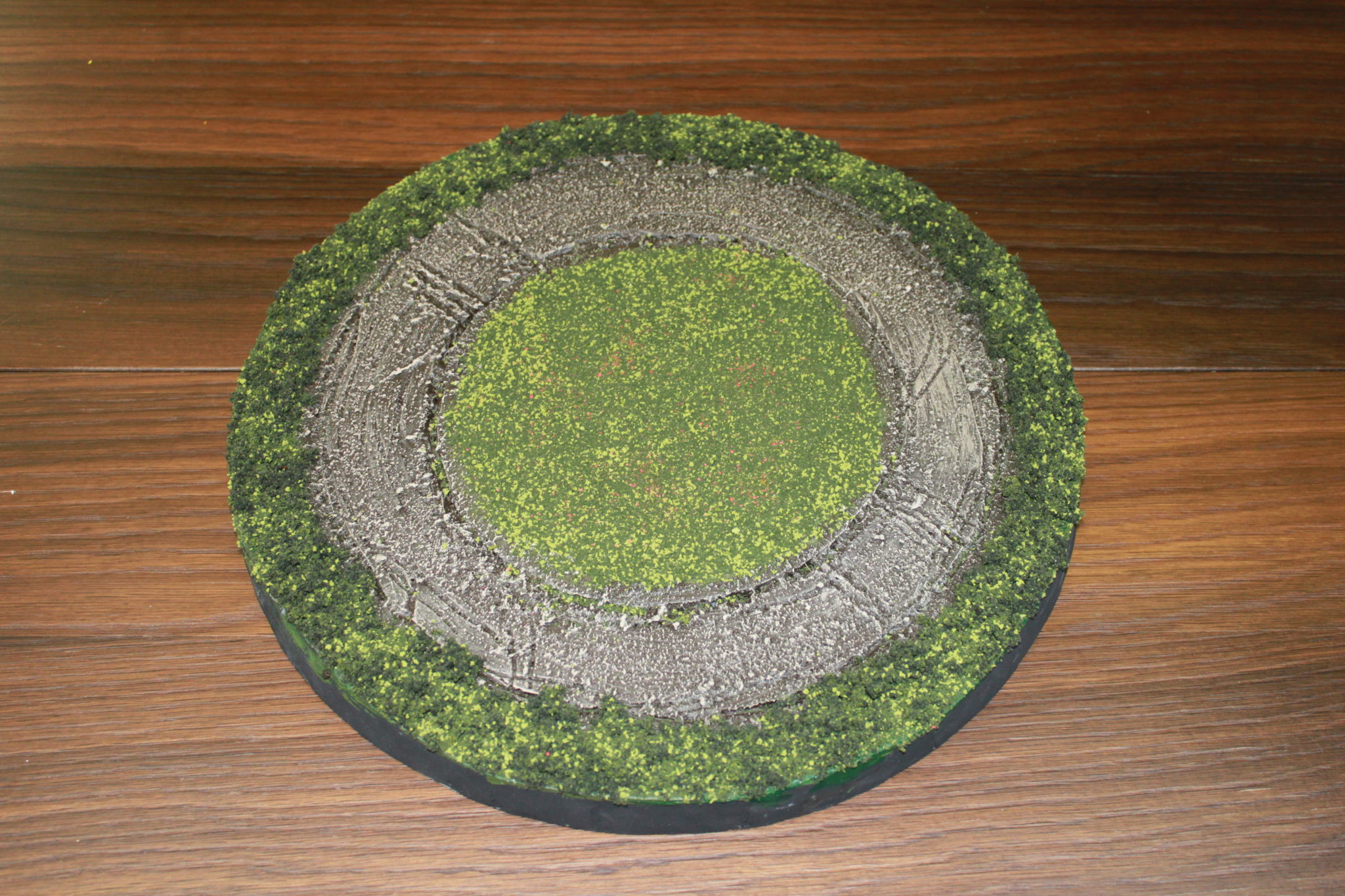
2. Dungeon Stackers
Second, I recommend making the deceivingly simple, but highly versatile Dungeon Stackers. They simply work for everything: stairs, walls, platforms, entrances, bridges etc.
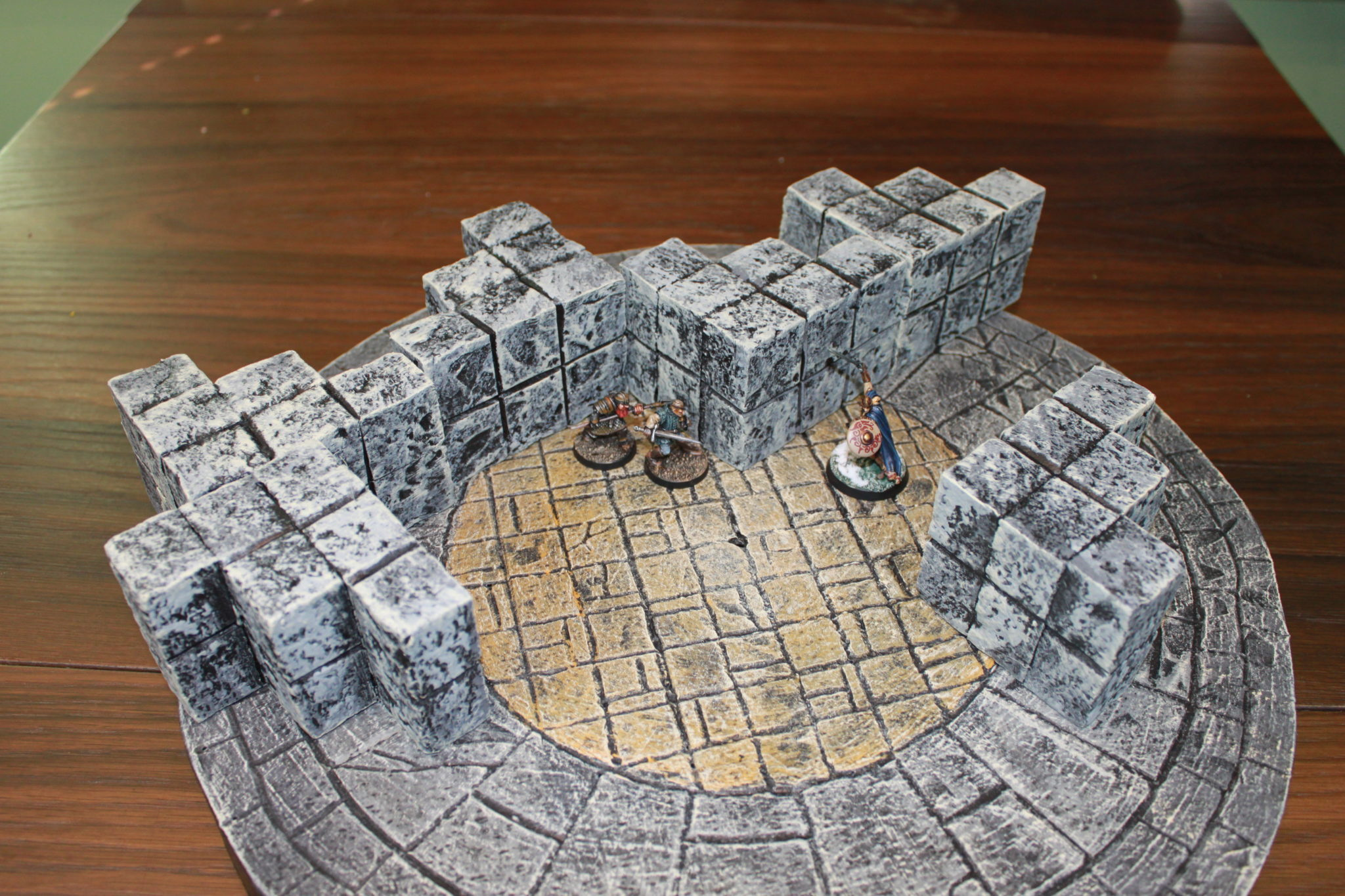
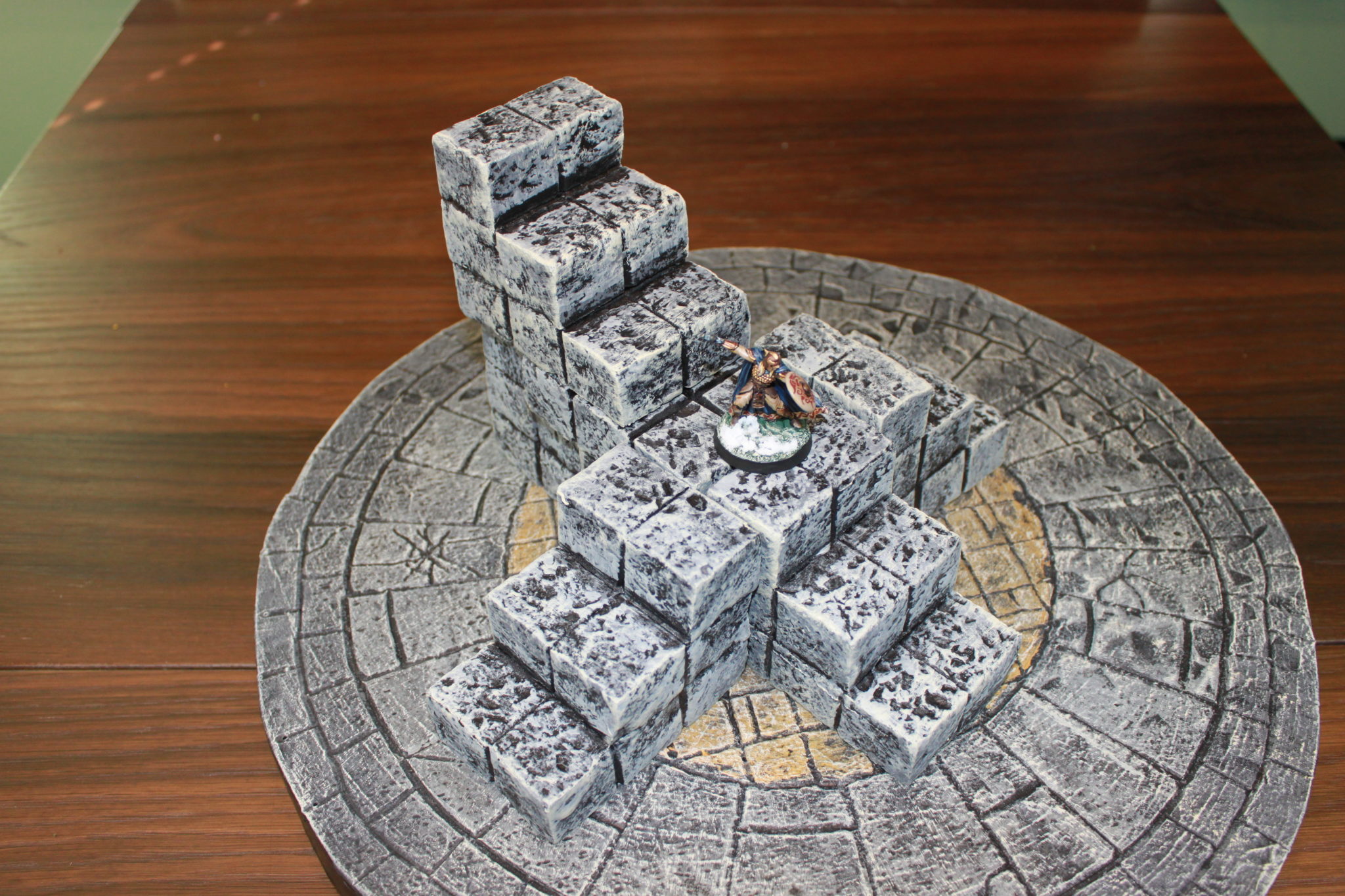
3. Furniture
Finally, I suggest getting what I call “furniture”, which are smaller scenery pieces that the heroes (and villains) can interact with.
Doors, tables, chairs, fireplace/campfire, barrels, crates, chests, simple barricades, hedges etc.
Start with a few things that fits your game, but only things that can be interacted with
What it looks like when you combine ultimate Dungeon Terrain, Dungeon Stackers and Furniture.
